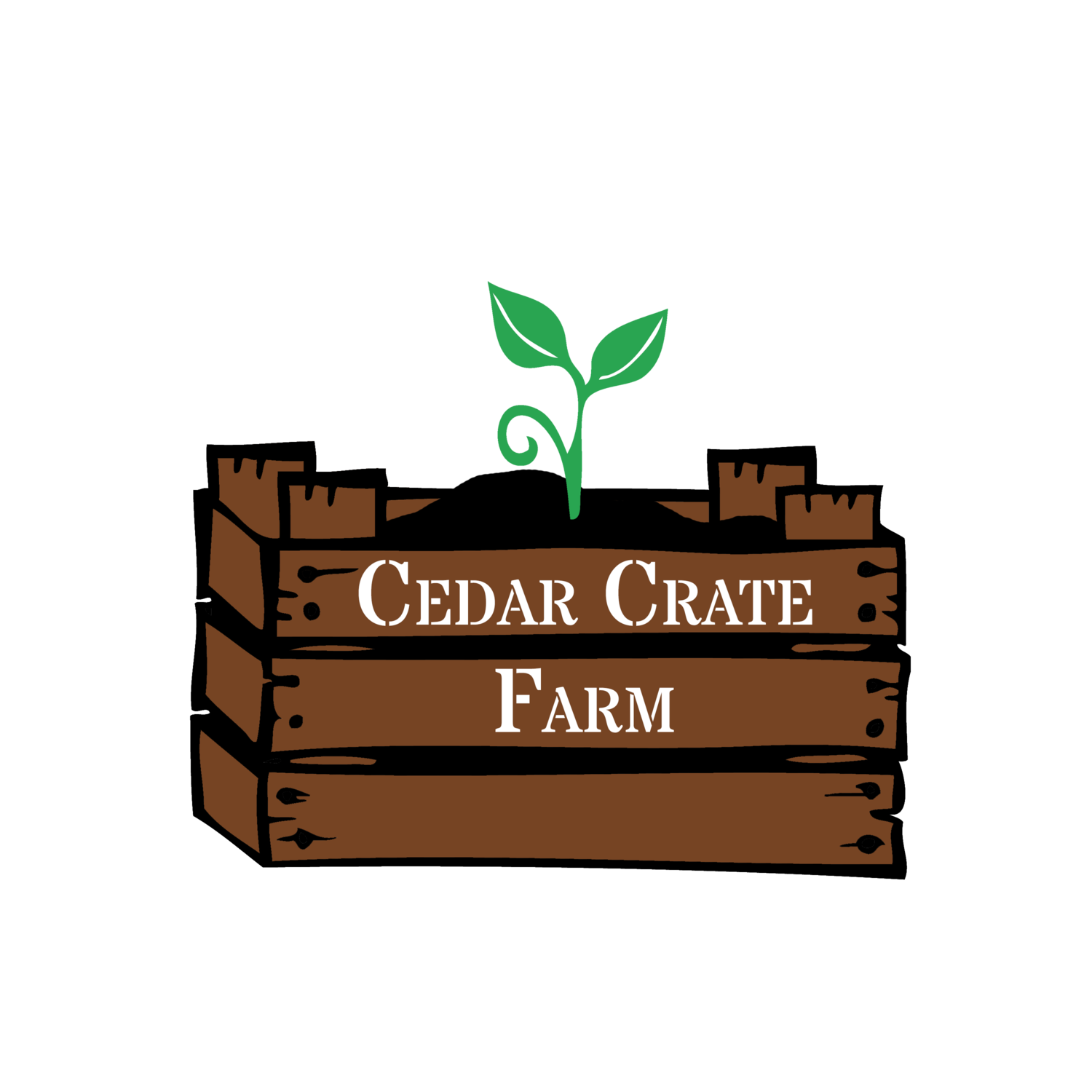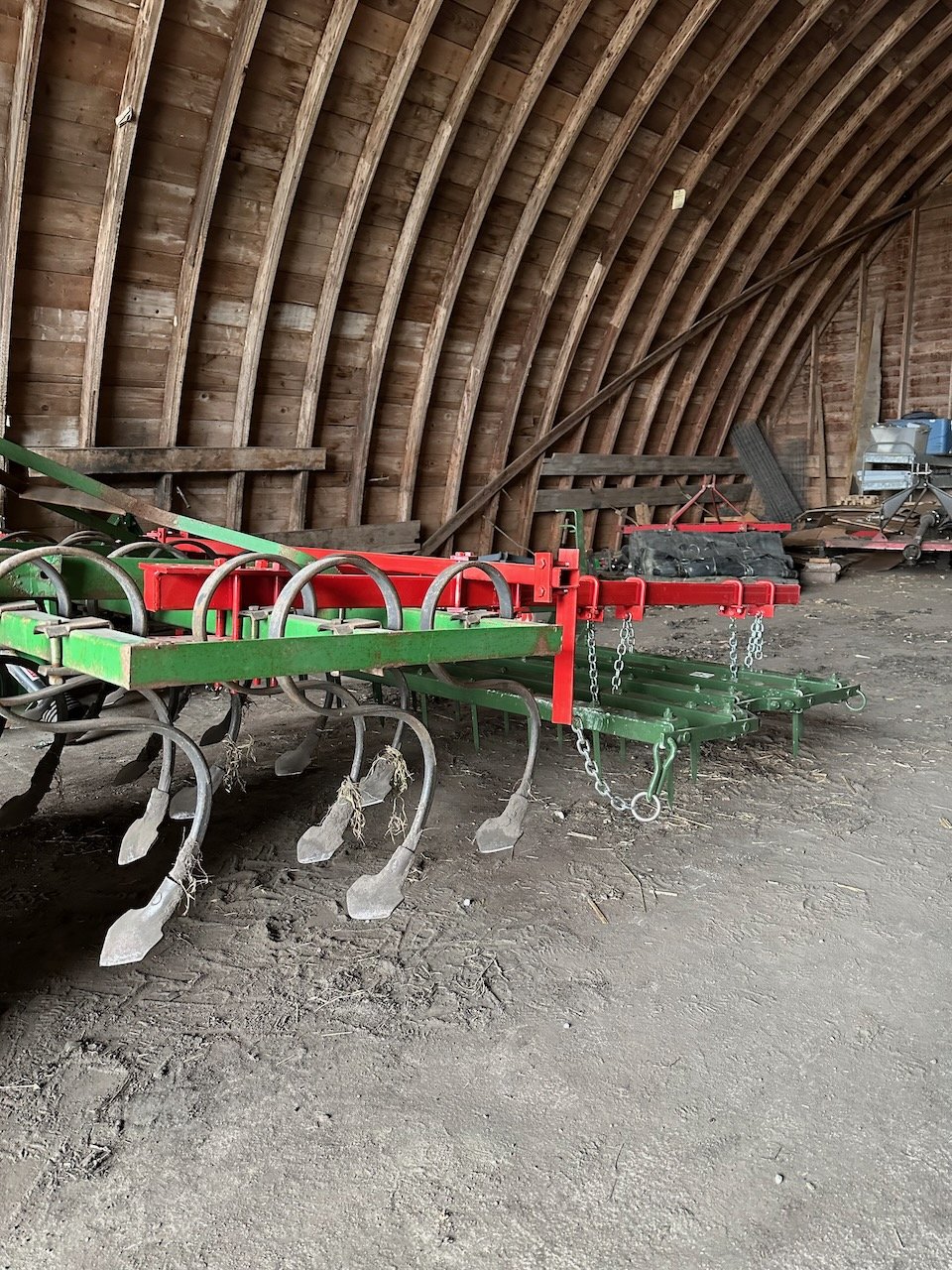Improving Seedbed Prep
This week we’re going to go over a deep dive into seedbed preparation and go over some steps we’re taking this year to try to improve seedbed prep. Seedbed preparation is critical to the success of the farm. Optimal seedbed preparation gives the seeds we plant the best chance at becoming healthy and productive plants.
Historically, we’ve used a rototiller for our seedbed preparations. There are some big benefits to rototillers as well as some really huge drawbacks. The biggest benefit is that after rototilling you are left with a smooth, flat, and “fluffy” soil that is easy to work with. Unfortunately, that comes with a major drawback. Tilling is incredibly destructive to the soil as it essentially takes the top layer of soil and runs it through a blender which destroys soil health and structure. It also increases the chances that after a heavy rain fall our soil will crust over making it more difficult for our seeds to sprout.
Our tractor with rototiller attached.
We are planning to address this issue by using a different seedbed preparation tool: a field cultivator with harrow section. A field cultivator has many shanks with shovels (sometimes called sweeps) at the end of each shank. The shanks vibrate, dig up, and loosen the soil. While it’s still destructive it is much less destructive than the rototiller. The harrow section runs behind the shanks and levels the surface so it’s a little easier for us to use our seeders. We like to have a relatively flat surface because it makes all the follow-up work like weeding much easier.
We had this small field cultivator that my grandpa had built. It didn’t have a harrow section so we scoured the internet and found a company in Wisconsin that made a small harrow section that would work with our field cultivator. We’re planning to put this to use this year in an effort to improve our seedbed prep.
Field cultivator with ‘goosefoot’ shovels and harrow mounted on back.
The end goal is that we will preserve more soil structure while still having a seedbed that’s easy to work with our manual push seeders. We’ll know if this is successful or not by experience and observation. As we’re planting this spring we’ll be asking ourselves if our tools are easier to get through the soil or not. We’ll also be observing what happens after rain events. Are our seeds able to push through the top layer of soil easier or not?
We do foresee a couple problems and a couple additional benefits. One problem we might encounter is when we’re dealing with plant residue from last season. The rototiller does a good job of chopping up and burying old plant residue. We expect that the field cultivator will not work as well in this case. On the other hand, the field cultivator will be faster allowing us to cover more ground in a shorter period of time and with less fuel.


